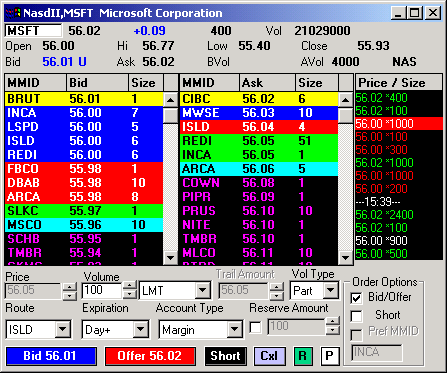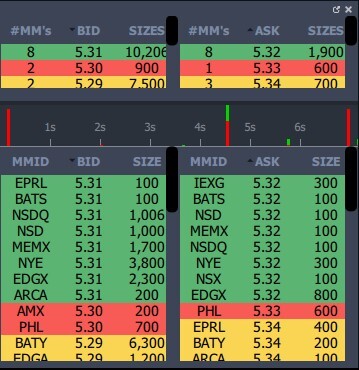Introduction:

Image: wudekasuti.web.fc2.com
Options trading, often perceived as a complex financial strategy, can be simplified into manageable steps. The entry point for beginners, known as Level 1 options trading, offers a gradual and controlled approach to this potentially rewarding yet potentially risky market. In this comprehensive guide, we will delve into the fundamentals of Level 1 options trading, empowering you with the knowledge to navigate this exciting financial landscape.
Understanding Options Trading:
Options trading involves contracts that provide the buyer the right, but not the obligation, to buy (call option) or sell (put option) a specific asset at a predetermined price (strike price) on or before a certain date (expiration date). This flexibility allows traders to speculate on the future price movements of the underlying asset without direct ownership.
Level 1 Options Trading:
Level 1 options trading refers to basic options strategies designed for beginners seeking to mitigate risk while exploring this financial instrument. These strategies focus on buying or selling options without simultaneously selling or buying an equal number of options. This approach allows for greater control, as traders are not exposed to the unlimited loss potential associated with selling naked options.
Covered Call Strategy:
The covered call strategy is commonly used in Level 1 options trading. It involves selling a call option against an already owned stock position. The potential reward lies in the premium received for selling the call option, while the risk is limited to the difference between the strike price and the stock price. This strategy is often employed to generate additional income or enhance returns on a stock that is expected to continue rising, but at a slower pace.
Cash-Secured Put Strategy:
The cash-secured put strategy involves selling a put option while holding cash in the account to fulfill the obligation to buy the underlying asset if the option is exercised. The potential reward is the premium received for selling the put option, while the risk is the potential obligation to buy the asset at the strike price. This strategy is often used to generate income or acquire a desired stock at a discounted price.
Impact of Market Conditions:
The success of Level 1 options strategies depends heavily on the prevailing market conditions. Bullish markets favor covered call strategies, as the underlying stock price is anticipated to rise. Conversely, bearish markets are more suited for cash-secured put strategies, as traders seek to capitalize on the potential decline in the asset’s value.
Conclusion:
Level 1 options trading provides a stepping stone for beginners to explore this dynamic financial instrument. By understanding the basics and implementing prudent strategies like covered calls and cash-secured puts, traders can manage risk while seeking potential returns. As experience grows, traders may consider branching out into more advanced options strategies, gradually increasing their exposure and profitability. Remember, options trading involves inherent risks, and thorough research and a measured approach are essential for successful navigation of this complex yet potentially lucrative market. Consider seeking professional guidance if needed to ensure informed decision-making.

Image: stockstotrade.com
What Is Level 1 Options Trading
https://youtube.com/watch?v=P3vgEVpoV6U






